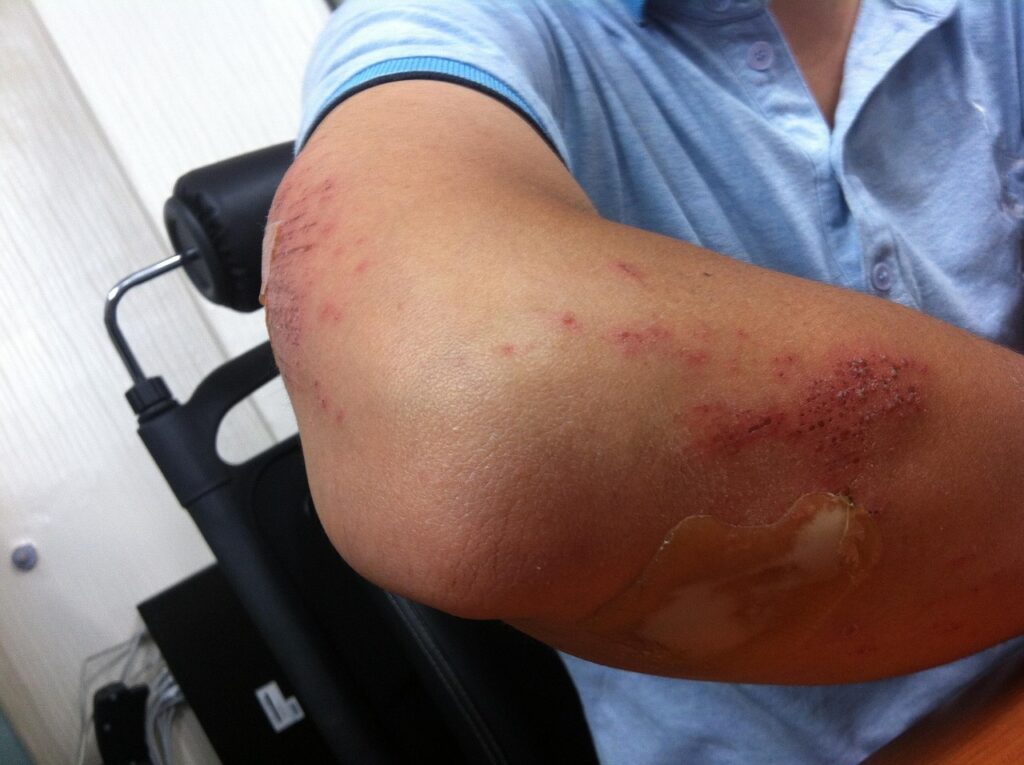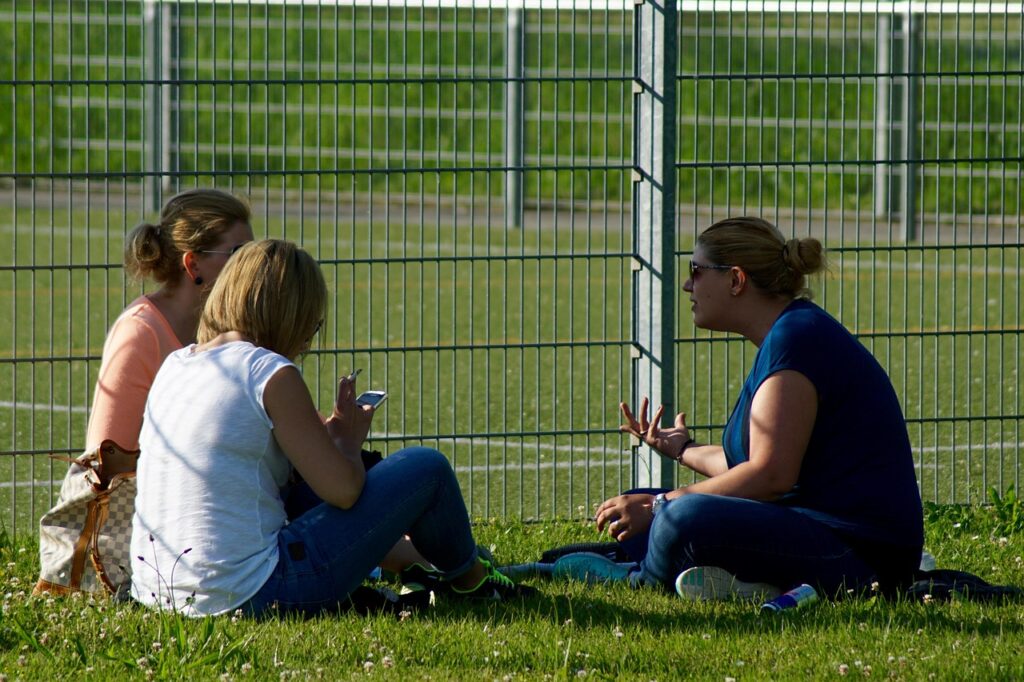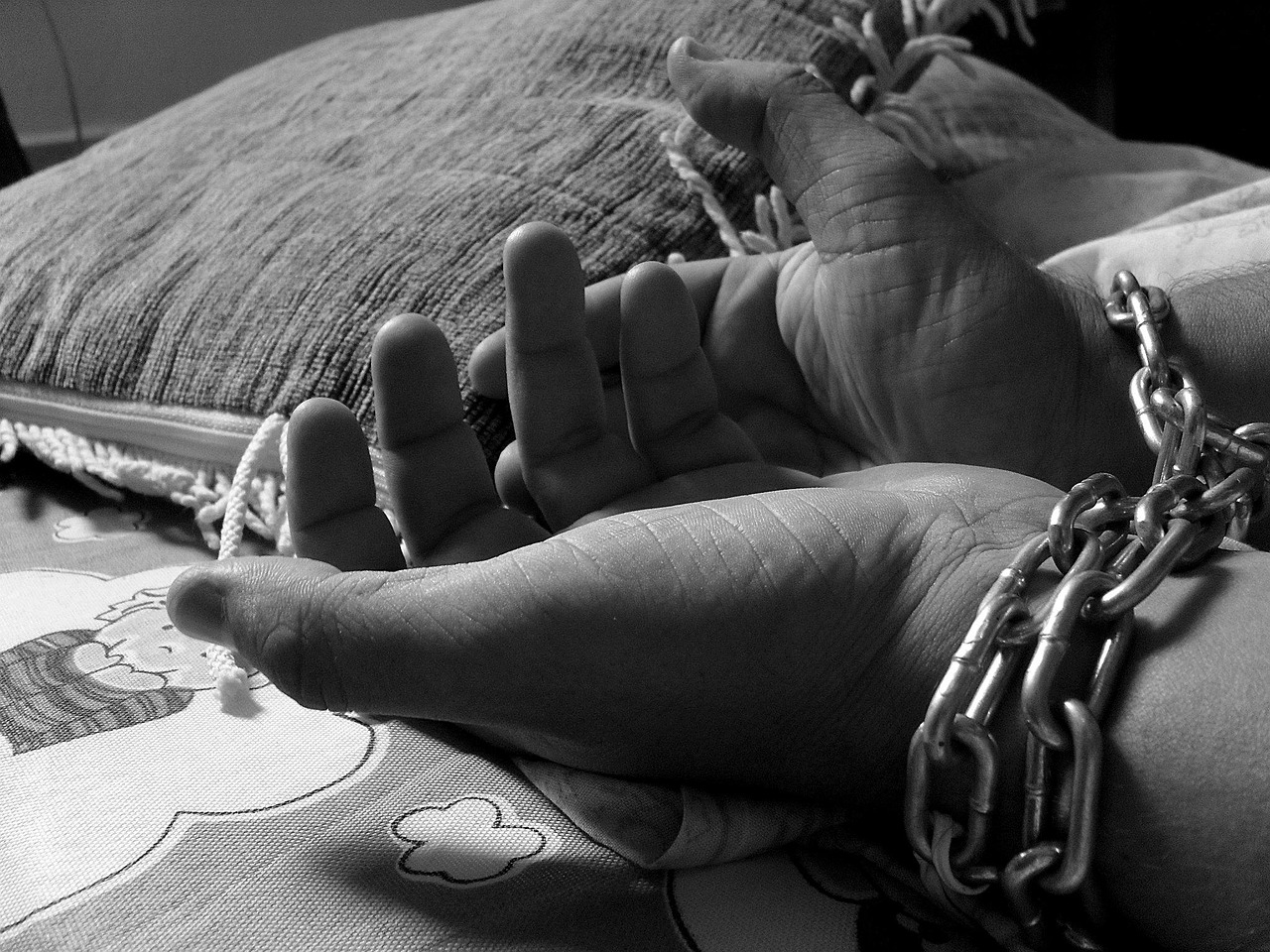Human trafficking is a hot topic, here in the United States and elsewhere. Victims are forced to engage in activities that are traumatic, humiliating, and dangerous. Sometimes, they don’t know what they’re getting into until it’s too late to back out.
There are three basic forms of human trafficking. Bear in mind, though, that there can be considerable overlap between them.
Signs of Human Trafficking
Sex Trafficking
This is what usually comes to mind when you see the term human trafficking. It involves prostitution, obviously, but also massage parlors and similar businesses. They all circle around the concept of the victim being forced to perform sex acts, with someone else keeping most or all of the money being paid for doing so.
Advertisement — Continue Reading Below
Forced Labor

The job posting may promise travel, excellent working conditions, and high wages. But the reality is the victim is forced to work extremely long hours, sometimes moved to a new city on a regular basis, and often subjected to a range of abuses. Traveling sales rings are commonly set up like this, with threats made if the victim doesn’t meet a quota.
Other types of forced labor include cleaning houses, picking garden produce, and tending animals.
Advertisement — Continue Reading Below
Debt Bondage
In this category are victims who are forced to work off a debt, whether real or inflated, with almost no chance of ever actually retiring the debt. Often, the job being performed is illegal, which serves to encourage the victim to keep their mouth shut, lest they run afoul of the authorities.
Human Trafficking Warning Signs
There are several red flags that could indicate someone is a victim of human trafficking. It’s important to understand that none of these is definite proof that it’s happening. There could be other explanations, some perhaps quite innocent.
Traffickers will often limit the victim’s ability to communicate with family or friends. They’ll control access to cell phones and other devices. They will also insist on being present during any face-to-face social interaction with others. When you speak to the victim, their answers may sound forced or scripted.
Advertisement — Continue Reading Below
With their controller taking most or all of their money, they will always seem to be broke, even after working long hours. Victims are often hungry because access to food and other necessities is limited. They are often forced to live in sketchy areas, usually with numerous other people occupying small living quarters.
Physical abuse is common. Bruises may not always be visible. Watch for flinching and cringing at loud noises or sudden movements.

Advertisement — Continue Reading Below
What You Can Do
If you suspect someone is a victim of some type of human trafficking, the first thing to do is forget about being some sort of white knight who is going to sweep in and defeat all the bad guys. Real life just doesn’t work like that for most folks. That said, noting license plate numbers, physical descriptions, and related information isn’t a bad idea in the least.
You can ask the victim questions to try to ascertain what’s going on. If you’re able to get them alone and speak with them privately, ask them if they’re okay. Have they been hurt? Threatened?

Advertisement — Continue Reading Below
Let the authorities know what’s going on, give them any information you’ve obtained, and let them handle things. You could also reach out to the National Human Trafficking website or the Hotline at 888-373-7888. They are available 24/7/365.
















